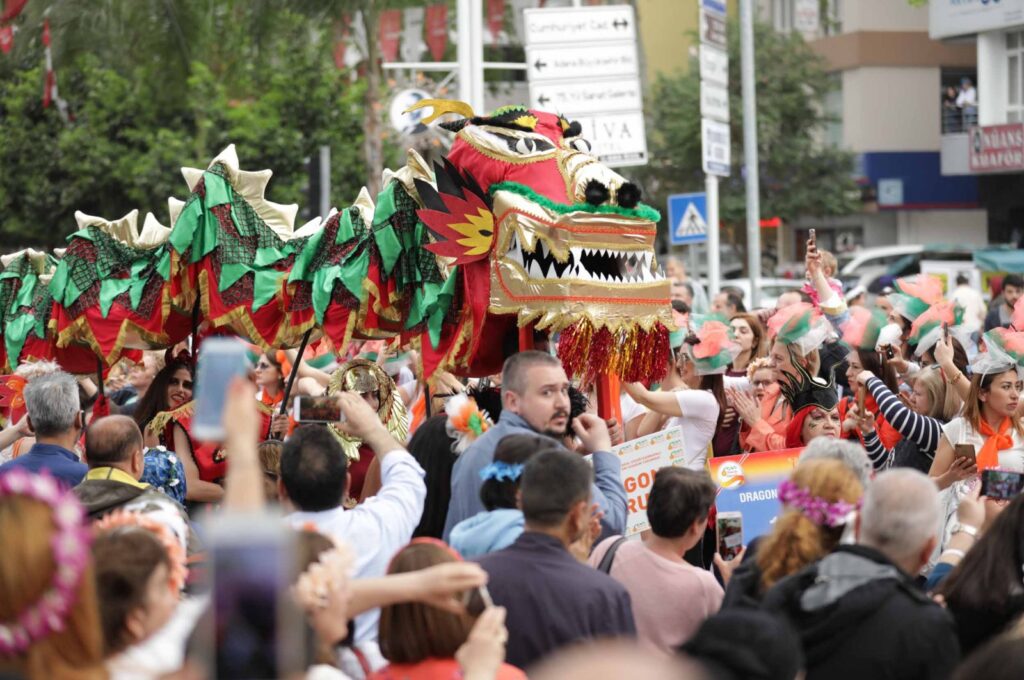
MINGORA: Known as land of Ghandhara civilization and archeological wonders, Swat- previous known as “Uddiyana kingdom” where every stupa and carved stone has its own story, attract domestic and foreign tourists in droves every year.
Besides carrying the mesmerizing natural beauty, cultural heritage and primitive architecture, the Swat’s unique features including snowfall, river, birds chanting valleys, skiing, trout fish and lakes, draw tourists, monks and Buddhists from across the world to explore.
Swat museum, Mehmood Ghaznavi mosque Odigram, Obaghat and rock carvings of Khazana Ghat Charai Madyan, Gogdara and Saidu stupa, Panr Jambil Khwar, Ram Throne, Jehanabad Buddha statue, Tokar Dara Najigram stupa and monasteries of Butkara-I and II are the most frequented sites of the tourists.
Tourists are being seen in large number at historic Amlok Dara, Shingardar and Gumbatona stupas besides Ghaligay Buddha statue and archaeological remains of Shahkot Pass Elephant Paw, Queen’s Throne and Nemogram stupa. To explore Swat’s archaeological treasures, a 20-member delegation of Thailand led by the celebrated Thai monk Arayawangso had recently visited Swat museum, Saidu stupa and Butkara Buddhists site along with his 20 disciples and took keen interest in it.
Late Prince of Swat, Miangal Adnan Aurangzeb had invited Arayawangso two years ago to visit the archaeological-rich Swat valley. Arayawangso has written a detailed book on significance and placement of Ghandhara in Buddhist world, calling it the land of wisdom and enlightenment.
With his disciples, Arayawangso visited different heritage Buddhist sites where he paid his respects. Praising the rich multi-cultural heritage of Pakistan, he encouraged people to visit Swat to promote religious tourism and lauded the untiring efforts of KP Government and Directorate of Archaeology & Museums KP for preserving and maintaining of these sites.
A 2000-year-old Buddhist site of the Kushan era is also attracting tourists, Buddhists and monks every year. Being the biggest complex of its kind in the region, the Buddhist site at Aabba Sahib Cheena village at Najigram, some 25 kilometers from Mingora city, has a historic stupa with two minarets and clay pots take tourists to the past history. “Swat is a home to Ghandara and many others civilizations and its archaeological treasures are beyond one’s imagination besides its glorious history,” Mian Wahab Shah, senior curator archeology and museums department while talking to APP.
He said a visitor can’t remain unimpressed after visiting artifacts and statutes-rich Swat museum located on Mingora-Saidu Sharif Road where Lord Bhudda statute takes tourists and archeologists to ancient past. Wahab said excavation on this Buddhist site started by Italian experts in 1930 and later stopped mainly due to lack of resources. However, work on it again resumed in 1955 by another Italian mission declaring it large size Bhuddist site with history dates back to some 2000 years old,” Wahab Shah said.
He said Swat was an important province of Persia during reign of King Darrius 1 (522 -486 BC) for 200 years till Alexander the Great conquered it in 327 BC and Mauryans dynasty recaptured Swat in 305 BC. It was followed by Parthians rule over the region some 55 years later while the western Hellenistic influence came with arrival of Indo-Greeks in around 180 BC.
Wahab said Kuhsanas had got control of Gandhara in first century AD and founded Kushan empire comprising the present-day Pakistan, Iran, Kabul valley, Northern India and parts of Kashmir. Buddhism had flourished when Kushan King Kanishka (127-150 AD) converted to it and from here, Buddhism travelled to China, Japan and beyond. Swat had served as one of the most significant centres of Gandhara civilization since first century BC and nursed other civilizations at same time as Kanishka supported other religions as well.
Ghandhara civilization moved along Indus River through Talia up to interior Sindh and Kanishka’s contribution to Buddhist architecture was Kanishka Stupa built at Peshawar. The archaeologists, who rediscovered the base of it in 1908-1909, ascertained that this stupa had a diameter of 286 feet (87 metres) and covered with jewels. He said Kanishka called the fourth Buddhist Council in Peshawar in 78 AD and about 500 Buddhist monks, who attended the council, worked on preservation of oral traditions of Buddha who fully patronised Gandhara culture.
The whole life cycle of Buddha was engraved in stone, which still is available in Peshawar museum where the Buddhist scripture was preserved. “Many people talk about Swat’s natural beauty, rivers, lakes and snowfall, but its real beauty is being a home to Ghandhara civilization that flourished over the centuries,” said Wajid Ali Khan, former Provincial Minister while talking to APP.
He said the Swat Museum had a wide range of collections of Buddhists stupas and Ghandara artifacts, sculptures besides utensils, beads, figurines, stones and coins of ancient era. “I heard a lot about Swat’s museum treasures and came here from Peshawar to personally see Lord Bhuddha statues and ancient artifacts taking tourists to ancient past,” said Engr Faras Khan, a resident of Peshawar while talking to APP. He suggested showcasing these archaeological treasures through digital and social media to attract foreign tourists and use this wealth for economic prosperity of people.
The post Swat- home to Ghandhara civilization attract foreign tourists appeared first on The Frontier Post.








